From the Throne Hall, Osang, Violet, Jandy and I proceeded to south side of the Royal Palace complex. The beautiful Silver Pagoda, built in honor of the Lord Buddha, is the official temple of the king of Cambodia. Formerly known as Wat Ubosoth Ratanaram, its official name is Preah Vihear Preah Keo Morakot (“Temple of the Emerald Buddha”), after the green baccarat crystal Buddha it houses. Its name is commonly shortened to Wat Preah Keo.
Constructed in 1962, at Queen Kossamak’s command, by King Norodom Sihanouk, it replaced the wooden pagoda built by his grandfather in 1902, the original aging structure being too weak to stand. During the Khmer Rouge years, more than half its contents were stolen but the pagoda itself was pretty much unscathed.
The Silver Pagoda, is so named because of its 5,329 silver floor tiles, each around 20 cm. (8 inches) square and each weighing 1.125 kg (2.48 lbs), and having a total weight of more than 6 tons. Some of its outer facade was remodeled with Italian marble. The pagoda’s construction shows the clear influence of Bangkok’s Wat Phra Kaeo, also home to a precious crystal Buddha to which the one in Phnom Penh bears an uncanny resemblance.
After removing our hats and leaving our footwear outside, we were allowed to enter the vihara which houses a rich collection of 1,650 royal gifts received by the Royal family over the years, including artifacts and Buddha images, many of them national treasures. The pagoda is more a museum than place of homage and no monks stay in permanent residence here. However, on entering the pagoda, we only saw a small area of the temple’s signature silver tiles as much of the floor was covered by carpets. Photography is also not allowed inside.
On display are gold and jeweled Buddha statues, notably a a small 17th century baccarat crystal Buddha (the “Emerald Buddha” of Cambodia) and an impressive, life-sized gold Maitreya Buddha. The latter, housed in the sanctum sanctorum of the temple, was created in the palace workshops between 1906 and 1907. It weighs in at 90 kgs., is dressed in royal regalia commissioned by King Sisowath, and is decorated with 9,584 diamonds (the largest of which weighs 25 carats).
The main building (vihear) is bounded, to the east, by the statue of King Norodom (sitting on a white horse) and to the north by the Mondapa of Satra and Tripitaka, a library housing Buddhist texts. At the eastern corner is the bell tower, south of which, near the exit, is a model of Angkor Wat. South of the vihear stands 4 structures, from west to east – the chedi (stupa) of King Suramarit and Queen Kossamak, the Dharmasala, the Chedi of Princess Kantha Bopha and the Phnom Mondop (Mount Mondop, where the statue of Preah Ko is situated). The last mentioned is an artificial hill with a pavilion housing a bronze footprint of the Buddha from Sri Lanka.
These structures are surrounded by a wall – the oldest part of the palace – covered with 80 m. long, colorful series of frescos depicting episodes from Reamker, the Khmer version of the Indian Ramayana, , one of the great Hindu epics.ainted from 1903 to 1904, its bottom half has faded, throughout the Khmer Rouge years, due to neglect. Some restoration has been done but much of the damage is still clearly visible.
Royal Palace: Samdach Sothearos Blvd., Phnom Penh. Open daily, 8 to 11 AM and 2 to 5 PM.

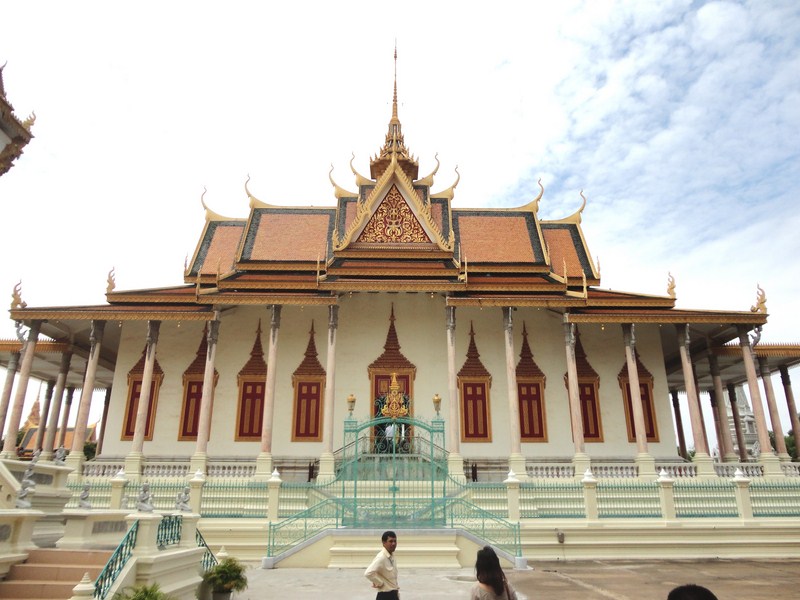
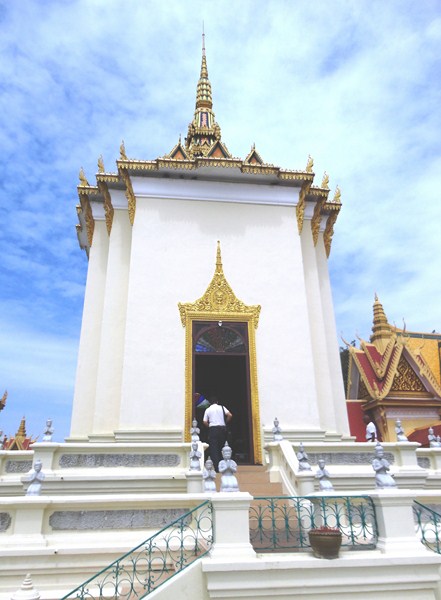
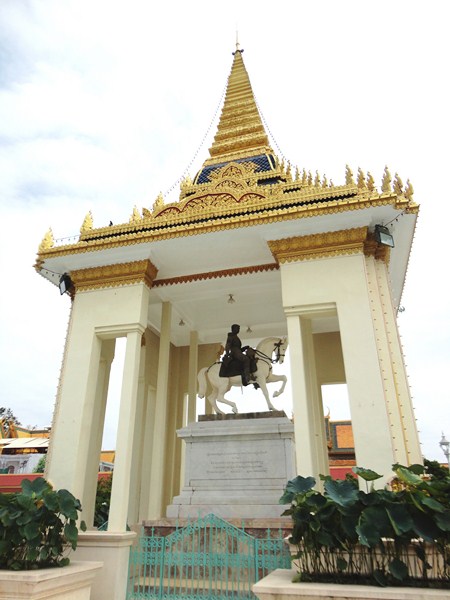
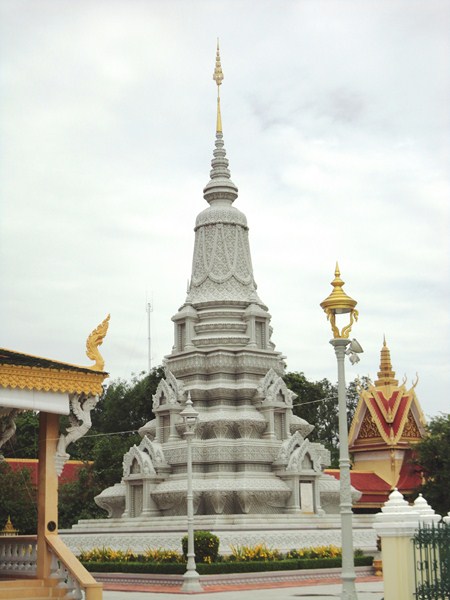
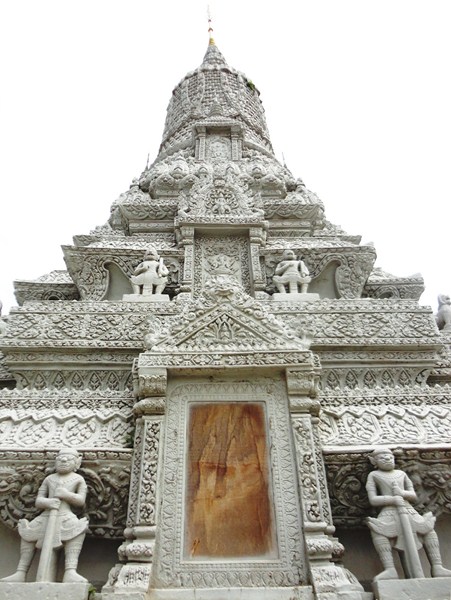
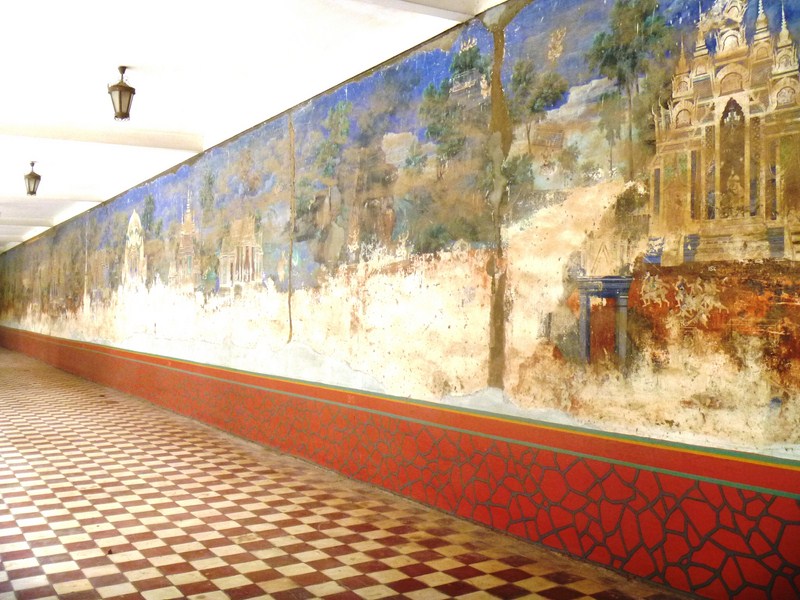
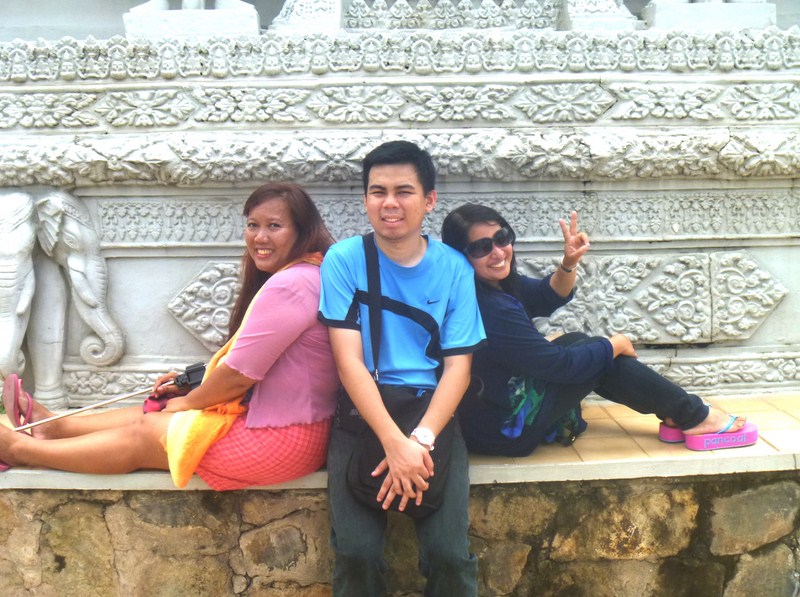
Pingback: Homepage
Amazing blog layout here. Was it hard creating a nice looking website like this?
Hi there, simply was alert to your blog via Google, and found that it’s really informative. I’m going to watch out for brussels. I’ll be grateful if you happen to continue this in future. Numerous other folks will likely be benefited out of your writing. Cheers!